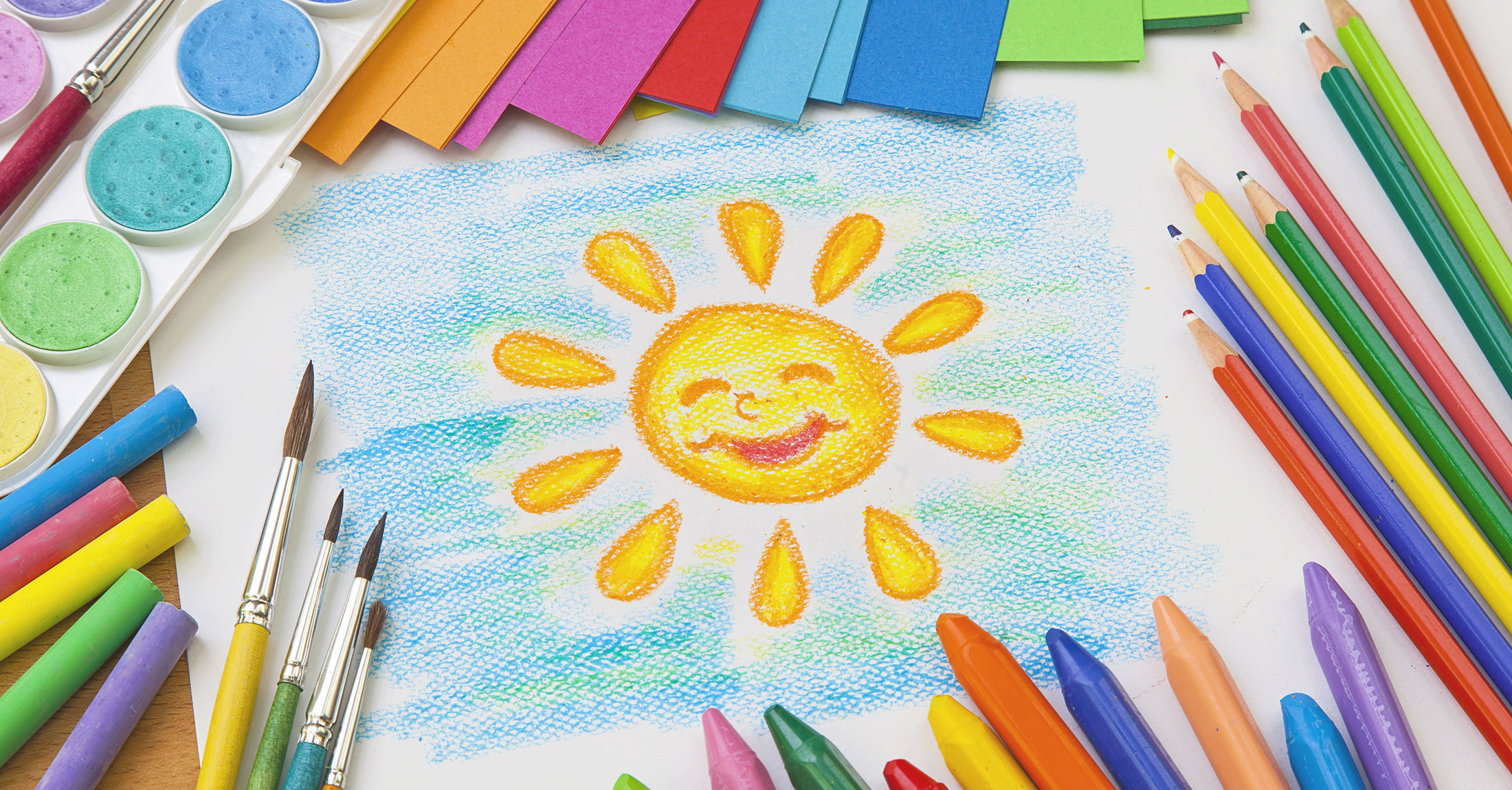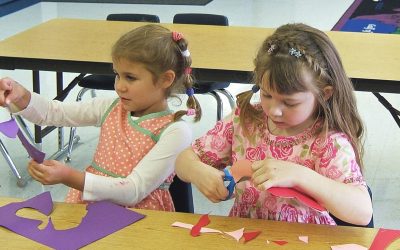“To strive, to seek, to find, and not to yield.”
~ Alfred Lord Tennyson
Sometimes creativity is elusive, or difficult to generate. You may have to pivot. Take a chance. Overcome obstacles. Explore. Face the unfamiliar. Join forces with others. Backtrack. Persevere. This is true for adults and for kids.
It’s okay! If you do any of the above—or circumvent roadblocks, take breaks, reflect, or consider fresh perspectives—you could discover exciting new possibilities for creative expression across different domains such as writing, music, dance, or art.
With that in mind, here are three suggestions to help you push boundaries, and invite creativity into your family’s life.
1. What haven’t you tried—yet? Make a list of experiences you’d like to have. This is sometimes referred to as a “bucket list.” You might want to go horseback riding; take a course (magic? leadership? sculpting?); fly in a hot-air balloon; attend a particular sports event (like the Super Bowl, the NHL Stanley Cup Finals, or a Wimbledon Tennis Championship); help rescue stray, lost, or abandoned animals; walk across a glacier; stargaze in a meadow; learn a new language; or…? What might make you more fulfilled, informed, or charitable? Of course, some desires, like wanting to become a firefighter, pilot a helicopter, or win a marathon, require extensive training and high levels of skill development. However, think resourcefully and creatively, stay motivated, and invest the necessary effort over time. You may be able to work toward checking off some bucket list aspirations.
2. Try other approaches, even though they may seem weird or scary. If you avoid doing something because you think it’s odd or somewhat risky, you’ll never know what you might have missed. Be careful but be openminded. For example, the bestselling book “Green Eggs and Ham” by Dr. Seuss (Theodor Geisel) consists of only 50 different words. Weird? Maybe. But after accepting a challenge from his publisher, the author was determined to succeed. He often used visual flow charts while writing, and he was the first person to win a Pulitzer Prize for children’s books. What can you do with just 50 different words? (Or musical notes? Or dance moves? Or paint strokes?) What about 100? Or 200? How can you next-level your thinking? With a riveting story arc, unexpected chords, dazzling steps, or unusual brush techniques? Be bold, and seize opportunities!
3. Share your ideas with those you trust. If you let friends and family know about your aspirations, goals, or creative ideas—and the journey upon which you’re embarking—they can offer encouragement, reassurance, suggestions, innovative points of view, and help you increase your motivation and productivity. In his book “I Used to Be Gifted,” teacher Mark Hess uses the word “tailwinds” to refer to such people (parents, teachers, extended family, classmates, mentors, and others), but the term tailwinds can also apply to situations, abilities, environments, and other supportive means. Strengths, enthusiasm, technological advances, and creativity can be empowering tailwinds, too!
Last Words
The three ideas above are culled from pages 124, 125, and 108 of IGNITE YOUR IDEAS: CREATIVITY FOR KIDS. These are just starting points, however. There are no limitations to how family creativity might be ignited—or how it might skyrocket!








